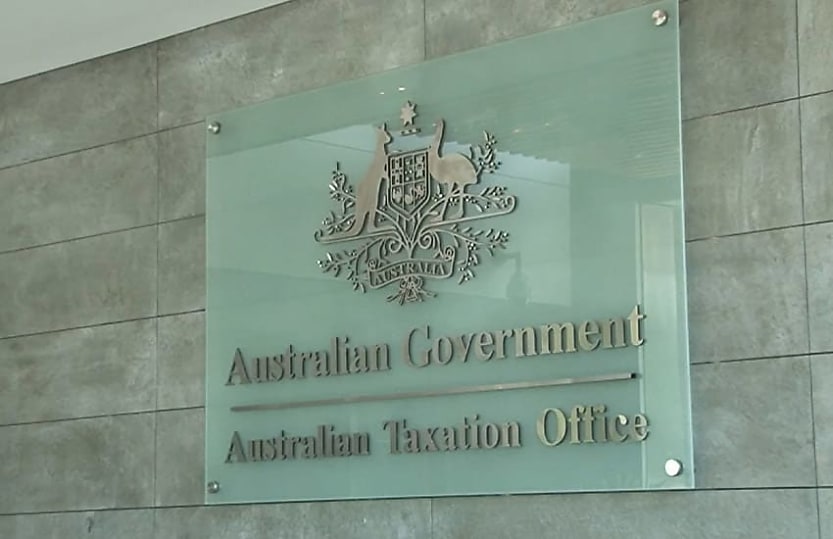Draft guidance issued on employee definition for SG purposes

The Tax Office has released a draft update outlining proposed changes to TR 2023/4 following recent developments in case law.
The ATO this week has issued TR 2023/4DC1, which will update the existing taxation ruling TR 2023/4 Income tax: pay as you go withholding – who is an employee?
The Tax Office previously advised that it would be reviewing several of its products that provide guidance on the meaning of the term 'employee' to reflect the recent High Court decision in Construction, Forestry, Maritime, Mining and Energy Union v Personnel Contracting Pty Ltd [2022] HCA 1.
In the High Court decision, the Court concluded that a significant aspect of the contractual relationship that indicated employment was the extent and degree to which the putative employer could control the work being done by the person, which would indicate that they are working in the putative employer's business.
When finalised, the ATO said the new ruling is proposed to apply both before and after its date of issue.
"However, this ruling will not apply to taxpayers to the extent that it conflicts with the terms of a settlement of a dispute agreed to before the date of issue of this ruling," it said.
Appendix 2 of the new draft ruling replaces Superannuation Guarantee Ruling SGR 2005/1 Superannuation guarantee: who is an employee? which has been withdrawn with effect from 26 June 2024.
The appendix explains the Commissioner's views set out in the draft update of the ruling.
The draft ruling noted that the term 'employee' is not defined in the Taxation Administration Act 1953 and therefore has an ordinary meaning.
"In most cases, it will be self-evident whether an employer and employee, or principal and independent contractor, relationship exists," the appendix to the draft ruling stated.
"However, it is sometimes difficult to discern the true character of the relationship as the contract or contracts between the parties may be unclear or ambiguous, or because the terms are disputed by the parties or are otherwise in apparent conflict."
Due to these difficulties, the ATO said the ordinary meaning of employee has been the subject of a significant amount of judicial consideration.
The draft guidance explained that the relationship between a worker and an engaging entity will generally be either:
- Arelationship of employment, often referred to as a contract of service, or
- A principal and independent contractor relationship, referred to as a contract for services.
"The courts have considered these relationships in a variety of legislative contexts, including income tax, industrial relations, payroll tax, vicarious liability, workers compensation and superannuation guarantee," it said.
"The leading decision is Personnel Contracting. In that case, the majority of the High Court confirmed that in determining whether a relationship between a worker and engaging entity is one of employment, an examination of the totality of the relationship must be undertaken by reference solely to the legal rights and obligations which constitute that relationship.
"This examination of the established contractual relationship is undertaken through the focusing question of whether the worker is working in the business of the engaging entity."
The ATO said the various indicia of employment that have been identified in case law remain relevant but are to be considered "only in respect of the legal rights and obligations between the parties".
"The indicia point to whether the worker is working in the business of the engaging entity or not," the appendix said.
The draft guidance said while no factor will be determinative, the more control the engaging entity can exercise over how, when and where the worker personally performs their work under the contract, the more likely the worker is to be an employee of the engaging entity.
"This is because the ability to exercise control demonstrates the subservient and dependent nature of the work of the worker to the business of the engaging entity," the draft guidance said.
"With the increasing usage of skilled labour and consequential reduction in supervisory functions, the importance of control lies not so much in its actual exercise, although clearly that is relevant, as in the right of the employer to exercise it."
The ATO is currently seeking comments on the draft ruling with consultation closing on 9 August.






